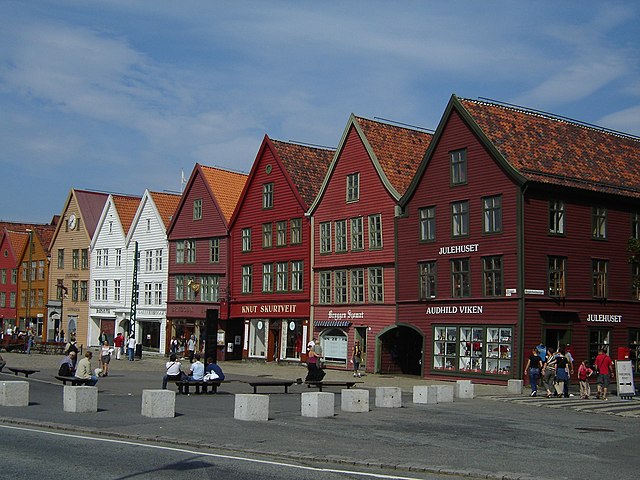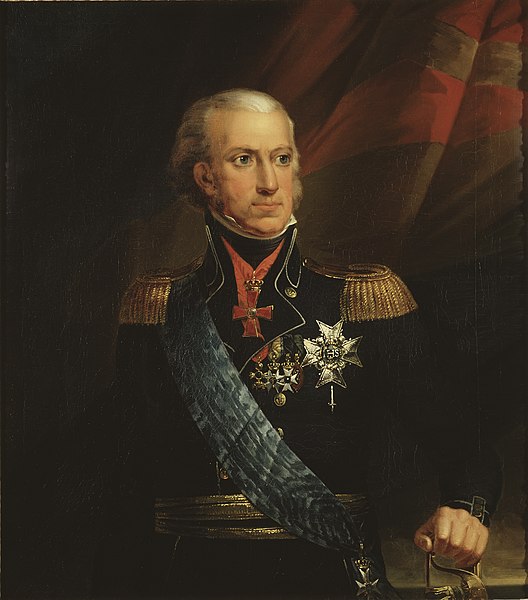The history of Norway has been influenced to an extraordinary degree by the terrain and the climate of the region. About 10,000 BC, following the retreat inland of the great ice sheets, the earliest inhabitants migrated north into the territory which is now Norway. They traveled steadily northwards along the coastal areas, warmed by the Gulf Stream. They were hunter-gatherers whose diet included seafood and game, particularly reindeer as staple foods. Between 5,000 BC and 4,000 BC the earliest agricultural settlements appeared around the Oslofjord. Gradually, between 1,500 BC and 500 BC, agricultural settlements spread to the entire south Norway, while the inhabitants of the regions north of Trøndelag continued to hunt and fish.
Rock carvings at Alta
Reconstruction of a longhouse at Lofoten
The Kingdom of Norway about 1265, at its greatest extent
Bryggen in Bergen, once the centre of trade in Norway under the Hanseatic League trade network, now preserved as a World Heritage Site
The Treaty of Kiel or Peace of Kiel was concluded between the United Kingdom of Great Britain and Ireland and the Kingdom of Sweden on one side and the Kingdoms of Denmark and Norway on the other side on 14 January 1814 in Kiel. It ended the hostilities between the parties in the ongoing Napoleonic Wars, where the United Kingdom and Sweden were part of the anti-French camp while Denmark–Norway was allied to France.
Translated reprint of the part concerned with Norway
Jean Baptiste Bernadotte
Wetterstedt
Charles XIII of Sweden








